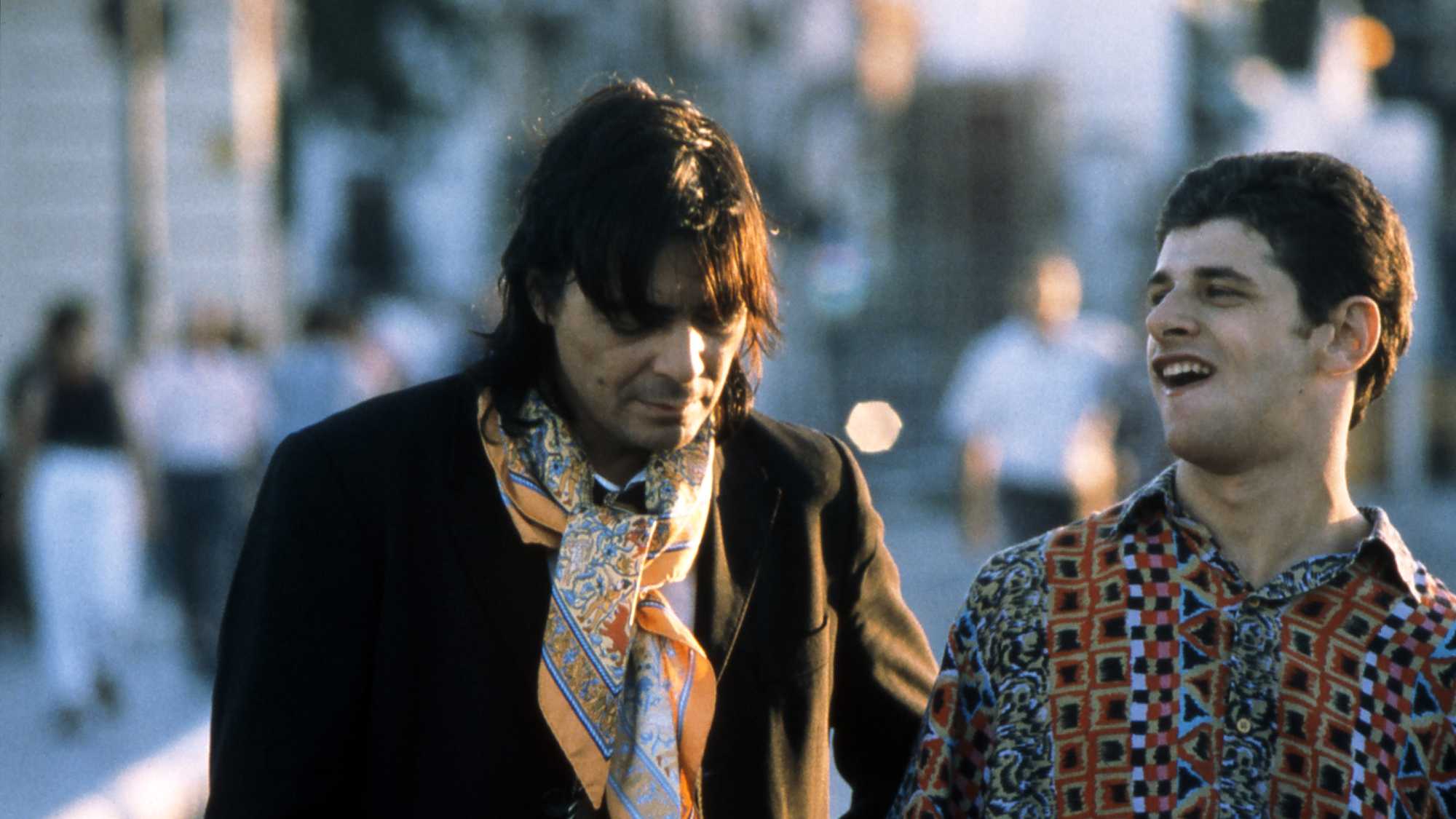
Screened as part of NZIFF 2001
Vengo 2000
Even when Gatlif’s flamenco revenge drama threatened to blow away in the hot southern Mediterranean wind – no thanks to its wisp of a plot – the half-dozen musical numbers that pepper the vibrant but vapid French-Spanish co-production were enough to keep even the most jaded festival-goer held in exotic thrall…
Canvassing the same ribald terrain as Emir Kusturica’s ethnographic charmers, Gatlif’s latest (following arthouse hits Latcho Drom and Gadjo Dilo) forsakes the peripatetic Gypsy milieu of central Europe in favor of the more hot-blooded, stationary realm of Andalusia in southern Spain – its dusty, Moorish villages, tension-fueled family vendettas and sultry flamenco rhythms that feel like figments of some faraway past. Caco is the patriarch of a diminishing Andalusian clan that includes his retarded and horny nephew Diego and a trio of black-clad harridans whose sole function consists of cleaning house, picking olives and mixing whitewash in a cauldron (like the witches in Macbeth) to paint over the recurring accusatory graffiti scrawled outside Caco’s property by members of the rival Caravaca clan, who hold Caco to blame for the death of one of its own…
Eventually you can’t distinguish all the heated bickering among Caco and the Caravacas from the sultry tap ’n’ clap of Vengo’s sinuous musical outbursts, which arrive in almost spontaneous fashion, when the movie seems to need them the most. In Gatlif’s world, characters stop whatever they’re doing, whip up a vat of sangria and cut loose dancing, even if it means pulling over a truck and dancing on its flat bed at the side of the road…
Those reared on the canned FM-lite of the Gipsy Kings will positively revel in Vengo’s seductively choreographed flamenco scenes, featuring street performers plucked from various Andalusian ghettos. The runaway star of Vengo – her five minutes on screen alone prove vastly more exciting than anything in the main plot – is a firebrand flamenco singer from the gypsy ghetto of Estremadura called La Caita, whom Gatlif introduced in his previous film Latcho Drom. Like an Andalusian PJ Harvey or Diamanda Galas, the stone-faced wailer sings with such passionate ferocity that you expect audience members to suddenly levitate from their seats in ecstasy, or else throw themselves at the foot of the screen in insane devotion at this haunting gutter diva of the Plaza Alta de Badajoz. — Andy Bailey, indieWIRE, 12/9/00